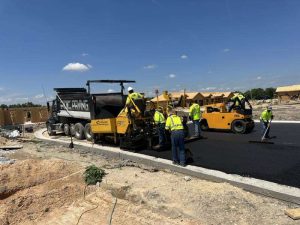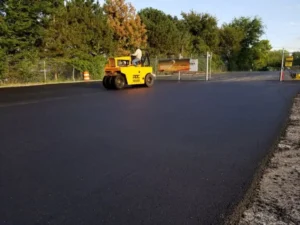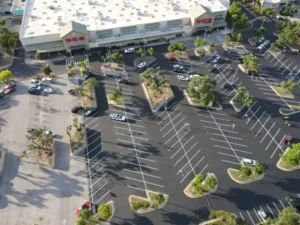
What Are Some Signs That a Concrete Parking Lot Is Failing?
Prior to failing, your parking lot will likely show signs of damage or distress. Following are some common warning signs to watch for so that you can tell when your parking lot is failing.
1. Faulting is the term concrete parking lot contractors use to describe changes in elevation between adjacent slabs. Faulting usually occurs at cracks or joints.
2. Scaling and spalling are often mistaken for cosmetic issues, but they can indicate that failure is imminent. Scaling normally occurs near the surface, but spalling goes much deeper. The concrete will break off in fragments that can leave reinforcing mesh or bars exposed.
3. Significant cracks can form virtually anywhere on your pavement. They can take the form of longitudinal, map, corner, or transverse cracking.
What Causes the Damage That Can Lead to the Failure of a Concrete Parking Lot?
Although there are numerous potential sources of damage, most premature failures are the result of errors in concrete parking lot construction, a lack of concrete parking lot maintenance, errors made by the property owner, or conditions related to the weather.
1. Concrete parking lot contractors must make sure that the pavement will have adequate support. The land underneath the pavement needs to be firm, strong, and stable. If the subgrade shifts, it can cause faulting, cracking, or other serious problems.
2. Austin concrete companies engineer parking lots to support specific weights of vehicles in certain numbers. If you increase either the number of vehicles or their weights, cracks can develop quickly. Your concrete contractor may refer to this as overloading the pavement.
3. The repeated cycles of freezing and thawing can inflict damage in the form of severe scaling, joint deterioration, or random cracking. The damage is the result of water that is trapped inside the pavement. The trapped water cannot expand, so internal pressure builds, eventually breaking the bond that holds aggregates and the concrete paste together.
4. If cracks develop, it is essential to have a concrete parking lot maintenance contractor repair them promptly. Cracks will allow water to leak beneath the surface and become trapped. When the water freezes, it will expand if it can. Expansion can lead to scaling, cracking, and spalling. This is not necessarily the identical situation that is described above in which the water is trapped within the concrete itself.
If you have more questions about using concrete parking lot construction, contact the experts at RDC Paving. We are a well-respected asphalt and concrete contractor serving the Austin area, including Round Rock, San Marcos, Leander, Georgetown, and Pflugerville. Our services include concrete repairs and the installation of concrete sidewalks, driveways, parking lots, ramps, curbs, and ADA-compliant features. We also offer parking lot maintenance, asphalt paving, parking lot striping, asphalt repairs, asphalt milling, asphalt driveway construction, asphalt overlays, asphalt sealcoating, and asphalt crack repairs. We have an exceptional reputation for superior craftsmanship and outstanding customer service. To request a free job quote, email Ryan@RDCPaving.com, complete the online form, or call 512-920-9155.




